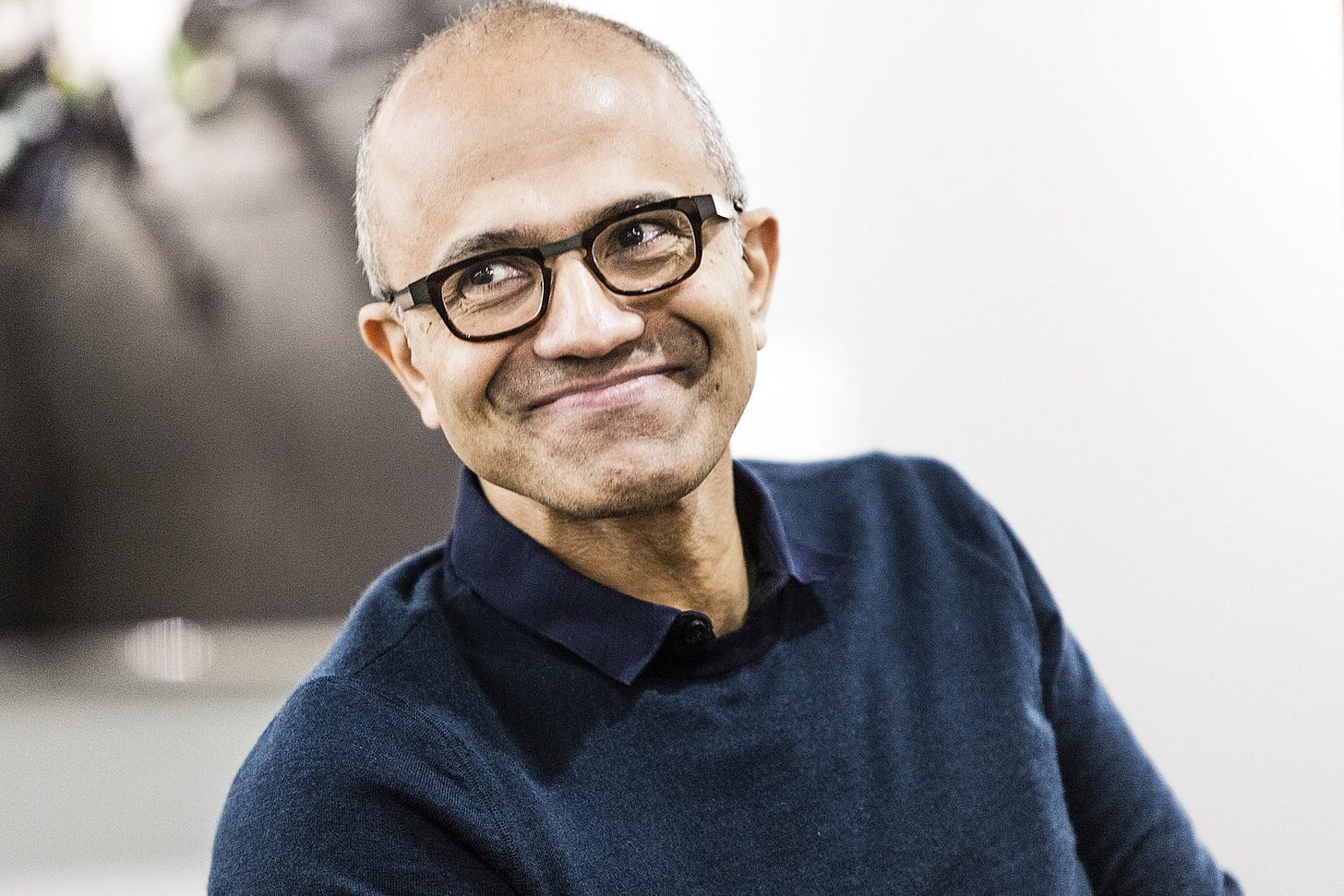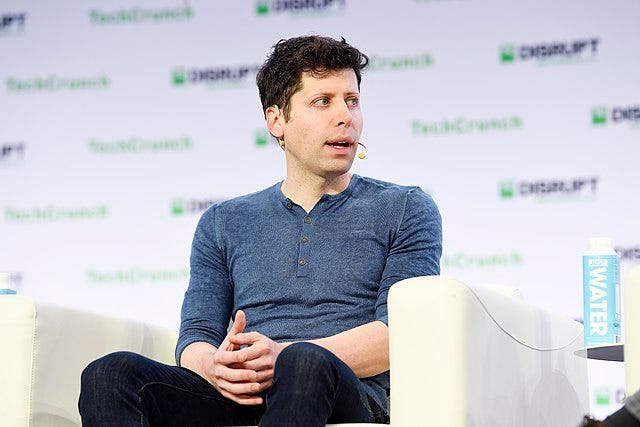The Paradigm Shift
Reflecting on AI advances in 2022
AI is rapidly changing the world as we know it. Some of the most noteworthy announcements from 2022 include:
June 21st - GitHub Copilot is generally available to all developers
September 28th - DALL·E Now Available Without Waitlist
November 30th - ChatGPT: Optimizing Language Models for Dialogue
These three services have already been adopted by millions, and have completely altered the way people code, design, and work. It is an amazing amount of progress in a relatively short time. But how did we get here?
Timeline
A few of the more widely known milestones in modern AI history include:
1997 - IBM’s Deep Blue chess machine defeats the world chess champion
2016 - Google’s AlphaGo defeats the strongest Go player in the world
Many people might discount games as frivolous, but they can be a great proxy for real-world problem solving. The ability of AI to master increasingly complex games suggests that it was only a matter of time before it could have wider applications.
The role of Microsoft
In 2014, Satya Nadella become CEO of Microsoft. His leadership approach was a major divergence from the Bill Gates (CEO from 1975-2000) and Steve Ballmer (CEO from 2000-2014) eras, as Nadella made it a point to focus on the power of platforms, partnerships, and open source technologies.

In 2018 Microsoft acquired GitHub and gained access to its valuable codebases and community. Then in 2019, Microsoft announced a partnership with OpenAI that included a $1 billion dollar investment. In the announcement, Sam Altman (CEO of OpenAI) said:
“The creation of AGI [Artificial General Intelligence] will be the most important technological development in human history, with the potential to shape the trajectory of humanity. Our mission is to ensure that AGI technology benefits all of humanity, and we’re working with Microsoft to build the supercomputing foundation on which we’ll build AGI. We believe it’s crucial that AGI is deployed safely and securely and that its economic benefits are widely distributed. We are excited about how deeply Microsoft shares this vision.”
This was the perfect partnership — Microsoft could start collaborating with some of the best AI experts in the world, and OpenAI gained special access to Azure cloud services as well as a massive enterprise market.
A brief history of OpenAI
OpenAI was founded in 2015 by an impressive team that included:
Director: Ilya Sutskever, former research scientist at Google.
CTO: Greg Brockman, former CTO of Stripe.
Co-Chair: Sam Altman, former president of Y Combinator.
Co-Chair: Elon Musk, CEO of SpaceX, Tesla, Neuralink, etc.
Those who helped start OpenAI likely had a wide range of motivations, but one in particular that became widely discussed was the fear around AI. In 2014, Elon Musk called AI our biggest existential threat, and expressed concerns about “summoning the demon”. Sam Altman elaborated more on these concerns in a 2015 interview:
We could be wrong in our belief that distributing this widely is the safest path. It’s sort of like a really important thing, whether we’re wrong or not.
I think there are only a couple of ways that keep technology safe, and one that never works is secrecy. So this idea that someone is going to develop A.I. and keep it secret forever, I think there’s a 0 percent chance of success.
One of the things that I do think works is what I call the “more good guys than bad guys” approach. There are bad humans, but all humans are within a magnitude are as powerful as one another, and the good humans band together to stop the bad humans. It’s been that way through all of history so far.

Despite multiple AI Winters comprised of setbacks in funding and interest in AI, it now seems inevitable that AI can live up to the hype as evidenced by the wide adoption of applications like Copilot, DALL·E, and ChatGPT.
The abilities presented by these technologies have captured the world’s imagination. The immediate impact of these services will likely attract new waves of funding and engineers, thus spurring a virtuous cycle for AI innovation.
Google even declared a Code Red, concerned that its lucrative search business is threatened by the ability of ChatGPT to directly answer questions. Now that the power of AI is more apparent, we are bound to see an influx of corporations, startups, and individuals flocking to the market.
Diffusion
It is difficult to predict the direction that AI will go. But we have already seen a wide range of new applications, possibly inspired by OpenAI leading the way or simply by virtue of the multiple discovery hypothesis. For example, Amazon announced CodeWhisperer to compete with Copilot and Stable Diffusion offers an alternative to DALL·E image generation.
New applications are quickly rising to prominence such as Riffusion, which applies the magic of image generation to music. This idea of the “adjacent possible” popularized by Steven Johnson is expanding for AI, as more and more people see how once far-fetched ideas might now be possible. No one knows for sure what the future will look like, but it feels like we may be on the precipice of many mind-bending breakthroughs.
A new paradigm
Various historical eras are defined by evolutions in technology and beliefs. As the Middle Ages came to an end, some of the major eras that began in the following centuries included:
~1300s - The Renaissance
~1400s - The Age of Discovery
~1500s - The Reformation
~1600s - The Enlightenment
~1800s - The Industrial Revolution
~1900s - The Information Age
(There is much debate about when such eras occurred and what they involved, but for the sake of historical reflection they help capture the general zeitgeist of collective events and experiences).
Each of these eras represented major upheavals in the relationship between individuals and society. Social, political, cultural, and religious beliefs were all challenged and reconsidered.
The Age of AI
It feels like we are entering a new era that could define the 21st century: The Age of AI. The new technologies driven by AI will impact virtually every aspect of our lives. It is hard to imagine any industry or facet of society that couldn’t benefit from AI in some way.
The convergence of cheaper data storage, lower compute costs, and increased processing power has paved the way for AI innovation to accelerate at a rapid pace. We are just at the beginning of this brave new world and no one knows what will happen next. Perhaps AI engines will soon be able to predict that as well.

